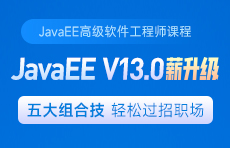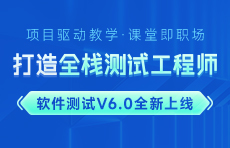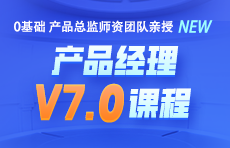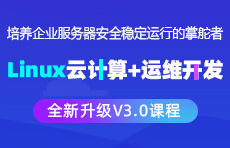Java采用的是大端还是小端?
更新时间:2023年08月01日09时34分 来源:传智教育 浏览次数:

Java默认采用的是大端(Big Endian)存储方式。
大端模式是指在多字节数据存储时,高字节(Most Significant Byte,MSB)保存在低地址,低字节(Least Significant Byte,LSB)保存在高地址。而小端模式则是将低字节保存在低地址,高字节保存在高地址。
在Java中,使用的是网络字节序(Big Endian),这是因为网络通信通常采用大端序来保证数据在不同系统之间的传输和解析的一致性。

接下来笔者用具体的示例代码来演示说明一下Java使用的是大端存储方式:
import java.nio.ByteBuffer;
import java.nio.ByteOrder;
public class EndianDemo {
public static void main(String[] args) {
int value = 0x12345678;
// 使用 ByteBuffer 将整数值转换为字节数组
ByteBuffer buffer = ByteBuffer.allocate(4);
buffer.putInt(value);
// 获取字节序
ByteOrder byteOrder = buffer.order();
if (byteOrder.equals(ByteOrder.BIG_ENDIAN)) {
System.out.println("Java uses Big Endian.");
} else if (byteOrder.equals(ByteOrder.LITTLE_ENDIAN)) {
System.out.println("Java uses Little Endian.");
}
// 打印字节序列
byte[] byteArray = buffer.array();
System.out.print("Byte array representation: ");
for (byte b : byteArray) {
System.out.print(String.format("%02X ", b));
}
}
}
输出结果:
Java uses Big Endian. Byte array representation: 12 34 56 78
在上面的代码中,我们将整数值0x12345678转换为字节数组,并通过ByteBuffer获取了字节序。输出结果显示Java使用的是大端序,即高字节12存在低地址,低字节78存在高地址,符合大端存储方式。


















 AI智能应用开发(Java)
AI智能应用开发(Java) 鸿蒙应用开发
鸿蒙应用开发 HTML&JS+前端
HTML&JS+前端 Python+大数据开发
Python+大数据开发 人工智能开发
人工智能开发 跨境电商
跨境电商 电商视觉设计
电商视觉设计 软件测试
软件测试 新媒体+短视频
新媒体+短视频 集成电路应用开发
集成电路应用开发 C/C++
C/C++ 狂野架构师
狂野架构师 IP短视频
IP短视频





















